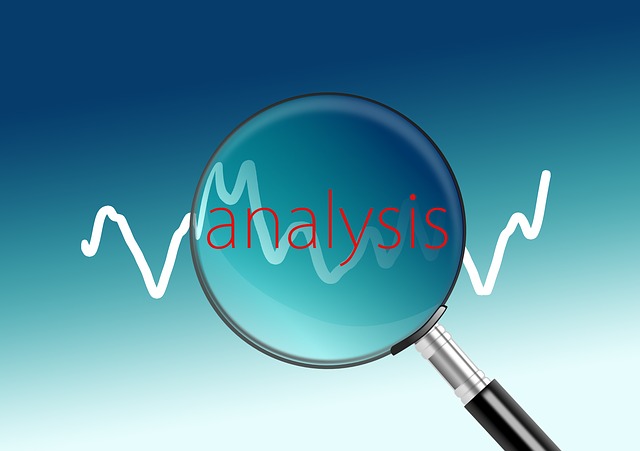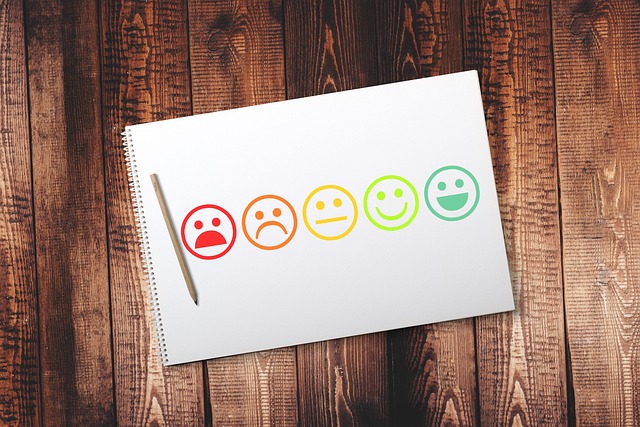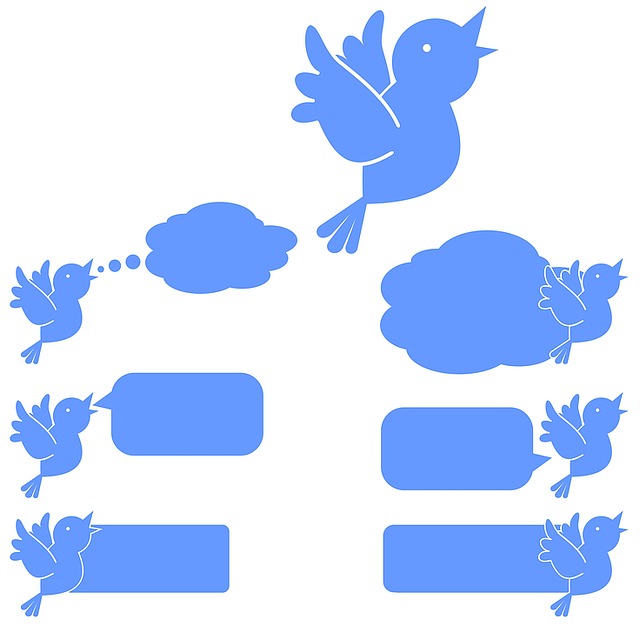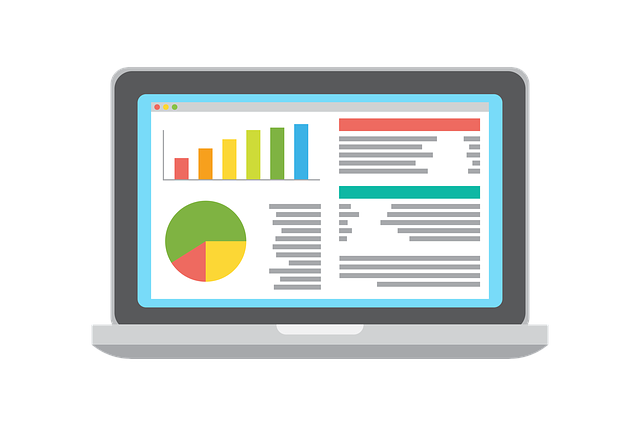Twitter, now X, is a microblogging platform with 335.7 million users. Most of these users are active and vocal on the platform. Many use the app to express their opinions and share their thoughts. Therefore, Twitter sentiment analysis is an indispensable tool for individuals or brands seeking insight into human thought patterns.
Sentiment analysis or opinion mining has several uses, including market research, customer satisfaction, and social listening. However, most people are clueless about the existence of sentiment analysis on Twitter, leading to the continuance of avoidable errors. So, this article sheds light on X sentiment analysis and how to use it.

What Is a Sentiment Analysis?
Sentiment analysis refers to text analytics for interpreting expressions through Natural Language Processing (NLP) and Machine Learning to gain insight. The NLP algorithm interprets tweets and analyzes the emotions behind them, while machine learning algorithms automate the result delivery process.
Through this, sentiment analysis can detect polarity and grade statements’ neutrality, positivity, and negativity. So, here’s a simple answer to the question, “What is a sentiment analysis?” It’s a process of extracting the sentiments behind words using certain algorithms or tools.
Sentiment analysis, aka opinion mining, is useful in Twitter brand management and relations. It enables brand owners to understand their clients’ opinions. Likewise, sentiment analysis enables influencers, celebrities, individuals, and other Twitter users to analyze the public’s reaction to their content.
Assuming you want to know what your Twitter target audience and followers think of you, sentiment analysis can help you. You can use this analysis to track and interpret what they say. It’ll also examine their reactions to deduce the emotions behind them, thereby detecting if it’s neutral, negative, or positive.
Therefore, Twitter or X sentiment analysis is important for anyone wanting to grow a thriving social media presence. It’s a way of understanding feedback on the thoughts and opinions of your online community.
By highlighting the subjective information in tweets, sentiment analysis gives proper insights. This insight can help brands and companies shape their decisions and frame policies.
Therefore, it would be wise for brands and popular public figures to invest in sentiment analysis of Twitter data. This analytical procedure can elevate all forms of social media marketing and produce fast and effective results in all industries.

The Importance of Twitter Sentiment Analysis
Sentiment analysis is important in all industries that function through human interaction. It’s a risk management tool that facilitates the understanding of emotions and the management of crises. It also indicates the properly functional areas of affairs that require no stimulation. Besides these, below are some uses of sentiment analysis.
1. Customer Satisfaction
Brands on Twitter, aka X, often receive many customer reviews via their accounts. These reviews provide a large dataset from social media, which you can evaluate to decrypt the underlying sentiments.
Interestingly, you can conduct sentiment analysis for tweets from a particular account or a dataset relating to a specific phenomenon. So, by collating direct comments, mentions, and tags, brands can tune into social listening and analyze the dataset.
This process gives you insight into customers’ opinions of your activities, products, and services. Twitter sentiment analysis dataset tools can classify the emotions behind statements from a wide audience. It can also categorize positivity or negativity through tone.
So, through sentiment rating, you can discover if a brand’s products or services satisfy its customers and the public. This prospect is amazing. It allows you to pick apart statements and discover your people’s perceptions.
As a result, you’ll easily discover practices that excite consumers and keep them coming back. This way, you can make the most of functional strategies and modify or dump ineffective ones.
Brands can also use Twitter opinion mining to improve their customer support services. By analyzing sentiments, they can discover which decipher the more urgent inquiries and respond to those first. This way, they can keep their customers satisfied.
2. Twitter Brand Reputation Management
A brand’s output influences the consumer’s input in sales and management. Therefore, it is sometimes necessary to perform sentiment analysis on your tweets. Doing this will help you monitor your brand voice and know if its vibe can intrigue your customers.
Your brand’s voice must reflect product and service positivity to win the hearts of your audience. Analyzing your tweets will help you refine your communication and optimize your image. Analytical insight can enable businesses to discover their ranks and that of their competitors from the consumer’s point of view.
The results of your competitor’s sentiment analysis can help you project their actions so you can counter them if necessary. With this, attaining a picture-perfect image that’ll keep you at the top becomes easier.
3. Risk Management
Companies try to maintain a stellar reputation as public perception keeps brands afloat and influences sales. As such, popular individuals and brands strive to avoid scandals and anything that can dent their image.
That’s why most brands try to market their services through Twitter hashtag trends that showcase nice user-generated content. However, one bad review can crash a company’s reputation, rendering all marketing and publicity strategies useless.
However, with real-time sentiment analysis, brands can receive notifications immediately if a Twitter user expresses a negative sentiment. Therefore, they can formulate quick measures to curb any negative review before it gets out of hand.
4. Marketing Research
The main purpose of market research is to determine the target audience’s and consumers’ preferences. Assuming a company introduces a new service or product, it must monitor the public’s reaction to the new release.
Rather than conduct interviews and surveys, they could easily engage in social listening using a sentiment analysis model. This way, they’ll get much faster results. Using sentiment analysis for research can help organizations drive trends, discover customer interest, and more.
5. Political Analysis
Politicians and government associations can use sentiment analysis to monitor the opinions of the citizenry on important issues. For example, candidates for an electoral position can track public opinions to gauge their chances of winning.
In the case of policy implementation, the legislature and judiciary can monitor people’s responses to new laws. Sentiment analysis of Twitter data is also useful for reviewing political trends. So, this proves that opinion mining is useful in more ways than one.

How To Get Twitter Data for Sentiment Analysis
When analyzing sentiment, you can evaluate large quantities of data. But then, one may wonder how to get Twitter data for sentiment analysis. There are different options for gathering data. Those with experience in programming may prefer to write codes for extracting Twitter data.
But, the procedure involves many technicalities and isn’t easy to learn. But luckily, there are other simpler alternatives which you can use. For example, you can use Twitter’s API to collect all necessary details for the analysis. But to use this method, you must follow these four steps.
- Get a Twitter developer account.
- Create a project and a related developer app.
- Generate and save your tokens and app keys. They’ll enable you to authenticate requests.
- Place a request for the Twitter dataset specifying the keywords, hashtags, or handles you need.
Doing this will send a query and generate the data you need for your sentiment analysis.

How To Do Sentiment Analysis on Twitter Data
Many people want to know how to do sentiment analysis on Twitter data. This procedure involves several steps, the first being collecting your Twitter data. The previous section explains how to extract data for your sentiment analysis.
After getting your Twitter sentiment analysis dataset, arrange your Twitter data as it’s unstructured. So, before using it to train a sentiment analysis model, you must extract and categorize the important information.
This data sorting involves the removal of special characters, emojis, and other unimportant details in tweets. After this, you can create your Twitter sentiment analysis model to classify tweets based on negative and positive sentiments. You must use a machine language model or algorithm for this; most people opt for Python.
To ensure accuracy, you must train your sentiment analysis classifier to understand and tag sentiments correctly. You can do this by uploading Twitter data and manually tagging the right sentiments. Tag some, allow the classifier to do the rest, and make corrections by retagging if necessary.
After the training session, testing and evaluating the analytical precision with fresh data is important. When your model perfectly distinguishes neutral, positive, and negative sentiments, you can feed it Twitter/X data for analysis.
It’s good to have a data visualization tool for proper result presentation. Visualizing the data help will enable you to create interactive results. You can share the visual data, which is easier to understand with your team. With these results, you can formulate Twitter marketing strategies that’ll work like magic.

Twitter Sentiment Analysis Tool
Sentiment analysis has several benefits as a social media monitoring activity. However, analyzing Twitter data yourself may lead to complex work. Therefore, you might wonder if any Twitter sentiment analysis tool exists for the job. Luckily, there are many social analytic tools you can use.
1. Brand24
Twitter sentiment analysis tools are a subset of social monitoring tools. One social monitoring tool that offers sentiment analysis is Brand24. This tool monitors Twitter datasets using NLP and machine learning algorithms to assess the tone of tweets.
Brand24 is a paid tool that offers a 14-day free trial session. You can access this free version by creating an account with your business email. Then, enter the hashtag, keyword, or Twitter username of the brand you want to monitor.
Since Twitter enjoys global usage, you must choose a tweet-tracking language and create a project. This tool is swift, so it’ll instantly begin curating tweets containing your selected keyword, hashtag, or brand.
All tweets in the Mentions feed carry an indication of their sentiment beneath. The filter mentions feed visually represents the data in a graph format. If you need to compare sentiment analysis results, you can subscribe to access more features.
2. MeaningCloud
MeaningCloud is another reliable monitoring tool that can help you classify Twitter statistics for better insight. This tool analyzes texts from different sources, indicating their polarity. It functions on an advanced level, assessing sentence relationships and producing aspect-based analysis.
Additionally, Meaningcloud can distinguish opinions and facts and even interpret irony. Furthermore, you can define your Twitter sentiment analysis model and dictionary. So, you can use this tool to analyze your Twitter data or someone else’s.
If you discover that your tweets exude an unappealing brand voice, you should rectify it. The only way to do so is to delete negative tweets. But luckily, you don’t have to search your old tweets manually for this.
TweetEraser’s web tool can load, import, and filter your tweets. After filtering, you can mass delete selected tweets with the push of a button. So, start clearing your Twitter timeline and creating a peaceful brand voice today!





